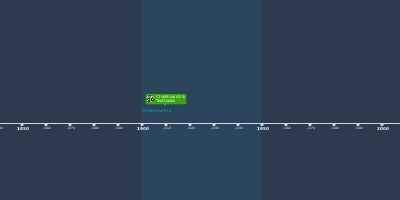1 janv. 2000 - Dynamic web
Description:
In early 2000, the internet became dynamic. This meant that individuals could interact online and online content could be created. Key aspects of this change were the capacity to search using natural language and the capacity to predict words (for example, Google Search), authoring content became available to everyone (for example, wiki sites, product reviewing) and increased social interaction (for example, discussion boards, online groups). These types of interaction evolved to support growing popularity of social networking, video conferencing, geotagging and mapping, cloud computing - just to identify a few. In education, these networked technologies are thought to support sophisticated communication, sharing, curating and creation of content (Howard & Mozejko, 2015).Investment in one-to-one device programs, computer labs, high-speed internet connections and software has resulted in increased technology use in the classroom, but there has not been a revolution in education, teaching or learning. Evidence of gains in learning resulting from technology integration has been identified. Tamim, Bernard, Borokhovski,Abrami and Schmid's (2011) analysis of integration across all grade levels and higher education through a wide range of technologies identified a 12 per cent gain in learning when using technology. However, results showed that gains were not from technology use; they were more lik~ly from other teaching, learning and school factors (Howard & Mozejko, 2015).
Ajouté au bande de temps:
Date:
1 janv. 2000
Maintenaint
~ Il y a 25 ans
